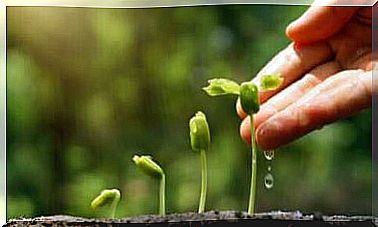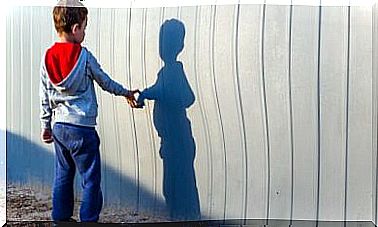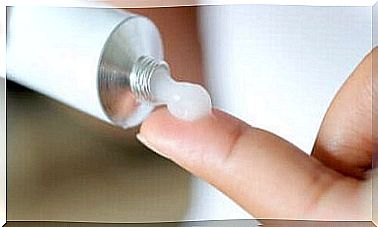Soft Tissue Injuries – Types And Treatment
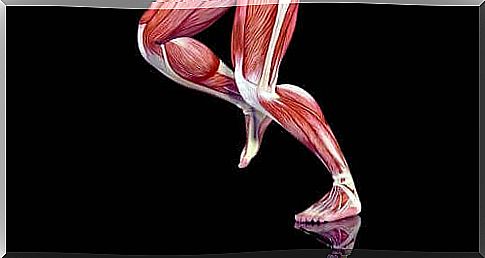
Soft tissue damage occurs in the soft parts of the musculoskeletal system. This system consists of tendons, ligaments and muscles. A muscle is an organ made up of a set of fibers. These fibers can shorten, shrink and stretch because of their flexibility.
A tendon, on the other hand, is the part of a muscle that serves as a connection between the muscle itself and the bone. Tendons transfer force to the bone, allowing movement.
Ligaments are structured like tendons. However, their function is to unify and stabilize the elements that make up the joint. Soft tissue injuries fall into two basic categories. These are acute injuries and those resulting from overload.
Acute soft tissue damage
These types of injuries are caused by a sudden injury such as a fall, trip, or impact. This category includes sprains, strains, and bruises.
Sprain
A sprain is a strain on or torn a ligament. The parts of the body most prone to sprains are the ankles, knees, and wrists. Due to their severity, they are classified into 3 categories:

- Slight, i.e. 1st degree : there is a slight stretching and slight damage to the ligament fibers.
- Moderate or Grade II: This degree is where there is a partial rupture of the ligament.
- Severe – 3rd degree: complete rupture of the ligament causes instability and lack of functionality of the joint.
Although they can occur with varying degrees of intensity, bruising, swelling, and inflammation commonly appear at all three degrees of dislocation.
Strain
Strains are soft tissue damage that is usually caused by overuse, too much force, or stretching. Strains can range from a simple strain to the partial or complete tearing of both muscles and tendons. The most common symptoms of soft tissue strain are:
- Muscle tremors
- Contractions
- Muscle weakness
- Swelling and inflammation
Bruising or hematoma
A bruise or hematoma results from an external force or impact. Due to the rupture of blood vessels, the color of the tissue changes. A strong hematoma can even limit your range of motion due to the pain or swelling you feel.
Treatment of acute soft tissue damage
The treatment used will vary depending on the type and severity of the tissue damage. In the event of acute trauma , initial treatment is given according to the RICE protocol. This abbreviation refers to the English terms which mean: rest, ice, pressure and lift, respectively.
Therefore, first of all, the act that caused the injury must be avoided. In addition, it is necessary to apply ice or cold compresses to the damaged tissue for 20 minutes several times a day.
In addition, to prevent inflammation, it is recommended to put on an elastic bandage, and while resting, raise the limb above the level of the heart.
For strains, the recommendations are the same as for sprains: rest, ice, pressure, and elevation. Thereafter, simple exercises should be performed gradually to relieve pain and restore mobility. Most mild stresses respond well to the RICE method
Soft tissue damage due to overload
This type of injury occurs over time, not suddenly. The patient begins to feel them when he repeats a given physical activity so often that the body does not have time to heal the damage.
In this category, tendinitis and bursitis are among the most common soft tissue lesions.
Tendinitis
This type of soft tissue injury is inflammation or irritation to the tendon or its covering. It usually results from a series of repetitive efforts that are aggressive to the tendon. Common symptoms of tendinitis are redness and pain, which worsen with exercise.
Bursitis
Bursae are small pouches containing a type of gel or jelly that are found in the joints on the shoulder, elbow, hip, knee and ankle. They contain a small amount of fluid and are located between bones and soft tissues.
As a result, they act as shock-absorbing cushions to reduce friction and impacts. Bursitis is inflammation that occurs as a result of long repeated light effort.
Treatment of injuries sustained as a result of overloading
As part of the treatment of tendinitis, rest, anti-inflammatory drugs, and exercise are recommended to improve the flexibility of muscles and joints. If the inflammation persists, it can cause significant damage to the tendons, which may even require surgery.
Bursitis can be relieved by changing activity and, if necessary, using anti-inflammatory drugs. However, if the condition does not improve, you may need to remove the fluid from the bursa.
